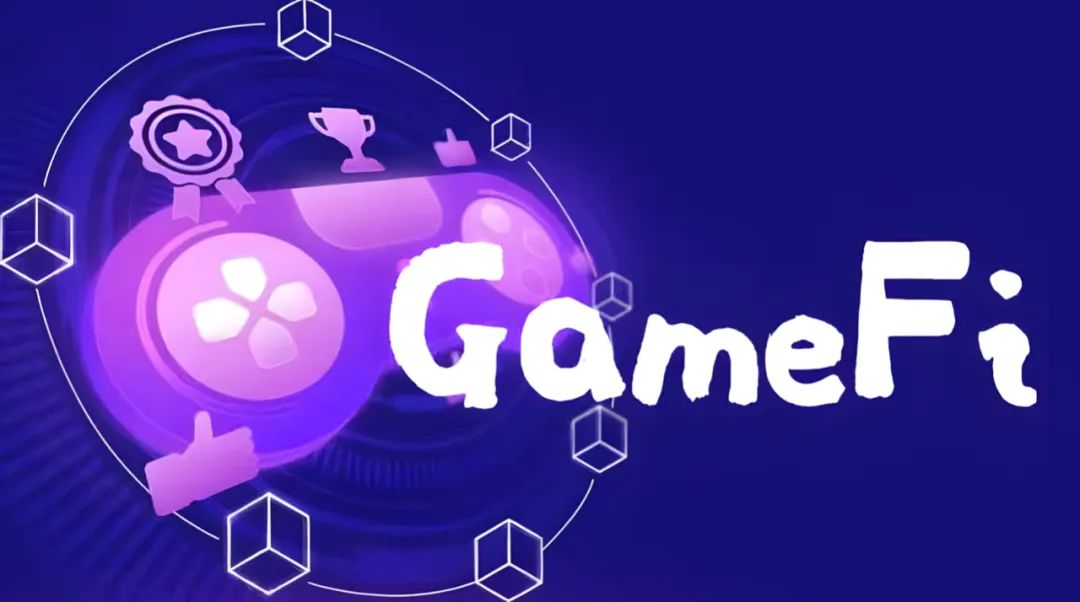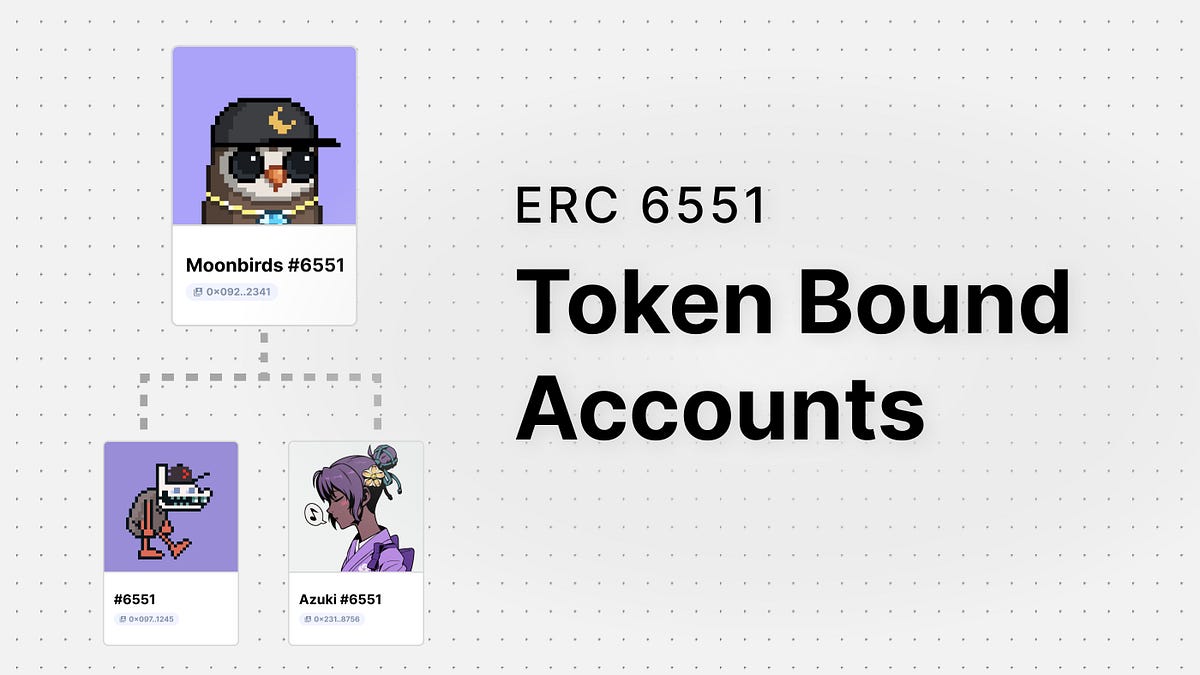LSD injects a shot in the arm for blockchain. What risks should users pay attention to?
What are the risks of using LSD to boost blockchain?In April 2023, after the successful completion of the Shapella upgrade, a wave of Liquid Staking Derivatives (LSD) emerged in the Ethereum blockchain. The media reported that this was the most anticipated development trend in the digital asset field in 2023.
What is LSD?
Liquid Staking Derivatives/Tokens (hereinafter referred to as LSD) is a tool in the blockchain world that helps staked digital assets release liquidity and enhance transactionability. Its value form is similar to “derivative (also known as derivative assets)” – that is, the value of LSD depends on the native digital assets and is a type of asset derived from staked digital assets.
As a derivative digital asset, the most important feature of LSD is that when users transfer LSD, the staked digital assets (i.e., the native assets) do not actually change hands. Thus, LSD is a type of digital asset that has a certain degree of independence and operational flexibility.
- In-depth analysis of the new Starknet client Beerus: How to achieve trustless state verification?
- Latest article by Vitalik: Keeping it Simple and Avoiding Ethereum Consensus Overload
- NGC Ventures: Why we invested in Opside
In terms of appearance, LSD is also a token issued in accordance with the ERC-20 standard, which is commonly referred to as an “I Owe You Token (IOU Token)” and is generally issued on blockchains or layers other than the staked native assets.
The role of LSD
For many digital asset holders, staking is crucial for increasing the source of future value of digital assets (such as obtaining rewards).
However, during the staking commitment period, the staked digital assets are locked.
If, during staking, similar digital assets with equivalent value can be obtained to replace the locked staked digital assets for circulation, it seems that digital asset holders can ensure the source of future value while not missing the opportunity to participate in the market flexibly in the short term.
Acquiring LSD
Staking is closely related to the PoS consensus mechanism. On blockchains that implement the PoS consensus mechanism, there are multiple solutions to stake digital assets. Liquidity staking related to LSD is one of the solutions for staking digital assets.
The conventional workflow of liquidity staking is very simple:
First, users stake designated digital assets to the blockchain through tools that provide liquidity staking services (hereinafter referred to as LSD service tools).
Afterwards, based on the number and type of pledged digital assets, the user will receive derivative digital assets of the same type as the pledged digital assets, with a corresponding quantity.
Finally, the user can freely use these derivative digital assets.
Currently, Lido is the largest liquidity-staking derivative (LSD) service tool that provides Ethereum liquidity-staking services. Built on the beacon chain, Lido allows users to obtain derivative digital assets named “stETH” in a 1:1 ratio when pledging any amount of ETH. Lido not only supports Ethereum, but also Solana, Matic, Kusama and other public chains, and has established partnerships with many decentralized finance projects.
Other well-known LSD service tools besides Lido include:
Rocket Pool: Provides decentralized liquidity-staking services. When users pledge any amount of ETH through Rocket Pool, they can obtain derivative digital assets named “rETH”.
StaFiProtocol: A decentralized protocol built on Substrate that provides decentralized liquidity-staking services and supports multi-signature technology to ensure the security of pledged digital assets.
Stakewise: Based on the double derivative token model established by the pledged digital assets and the pledge reward to isolate risk.
Risks of LSD:
The liquidity-staking solutions associated with LSD are not actually a new thing that only recently appeared, but why did they suddenly become more popular and the discussion heat up after Ethereum completed the Shapella upgrade?
In fact, the fundamental reason for the above situation is both the advantage that the industry is optimistic about and the fundamental risk.
One of the biggest changes that the Ethereum Shapella upgrade brought to Ethereum is that the ETH pledged by validators on the chain can be freely withdrawn. The fact is that this function has given digital asset holders stronger market confidence.
After the completion of the Shapella upgrade, until May 2023, the scale of pledged assets on the Ethereum chain did not show a significant reduction, but instead increased significantly with the addition of new pledged assets after the upgrade. This naturally also drove the industry’s attention to derivative digital assets, because through liquidity-staking, it is not only possible to improve the utilization efficiency of digital assets, but also to hedge against the risk that pledged assets cannot be liquid.
It is clear that the popularity of LSD is soaring, driven by both the strong need of digital asset holders to actively participate in staking and the strong need to avoid illiquidity risk. However, the derivative nature of LSD also makes it a digital asset with extremely high market risk index.
Regulatory agencies have issued warnings about such risks. In February 2023, the U.S. Securities and Exchange Commission mentioned in its punishment of digital asset trading platform Kraken that the returns promised by Kraken were “unrelated to any economic reality,” and that the platform provided “zero insight into its financial condition and whether it had the ability to pay the returns it promoted.”
The interest-bearing token service model provided by Kraken is essentially similar to liquidity staking, and the risks faced by digital asset holders are similar for both.
Risk 1: Information Transparency
Ethereum Foundation researcher Danny Ryann discussed in his article “LSD Risk” that “there are inherent issues with the LSD protocol when exceeding the consensus threshold.” He believes that the current concentration of derivative digital assets in individual service channels, such as Lido, has actually formed a situation similar to a monopoly. In this way, when the critical consensus threshold is exceeded, it will pose a significant risk to the Ethereum protocol and related aggregated assets.
Monopoly, that is, excessive centralization, will reduce the transparency of multi-party information, not only making it difficult for digital asset holders to obtain accurate and comprehensive market information, but also directly reducing the willingness of service providers to disclose information, to some extent, it will also directly increase the risk of liquidity staking services.
Risk 2: Regulation
When the liquidity of a certain type of digital asset is too high, speculative trading is likely to occur. And because derivative digital assets, their value is attached to the existence of native assets, in a market where speculative trading is enhanced, the bubble nature of their value will be more obvious. At this time, derivative digital assets cannot hedge risks, but will create risks, and even impact the market of native assets. Regulatory agencies will also implement stricter management measures for derivative digital assets, and even adopt measures to prohibit or shut down this business.
Holder’s Reminder
The popularity of LSD will continue, and digital asset holders must fully understand the relevant risks and market conditions, and make cautious decisions based on their own situation. In daily life, you should:
Continuous monitoring: Regularly monitor the market situation of LSD, track market trends, news, and any updates from platforms or projects, in order to make wise decisions on holding or using derivative digital assets.
Thorough research: When using liquidity pledge services, conduct careful and comprehensive research, including a full understanding of the security, reputation, fees, and project and asset scale of LSD service providers. Avoid using a single solution for liquidity pledge, and manage the digital assets that need to be pledged in a diversified manner.
We will continue to update Blocking; if you have any questions or suggestions, please contact us!
Was this article helpful?
93 out of 132 found this helpful
Related articles
- Investment tips for the next bull market: In-depth analysis of the development status and trends of 15 cryptocurrency tracks
- Game Dosi: First Impressions of LINE’s Web3 Game, the Japanese Communication Giant
- How to achieve zero-cost and permissionless benefits through off-chain NFT?
- Stablecoins: Not a Replacement for Banks, but a New Disruptor
- Flashbots: Restraining all parties, committed to thoroughly decentralizing MEV
- MEME Coin: From Internet Meme to a Market Cap of Over One Billion, What’s Behind the Power?
- When AI meets blockchain: ushering in a new era of human-machine integration






